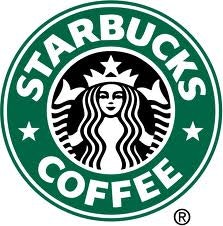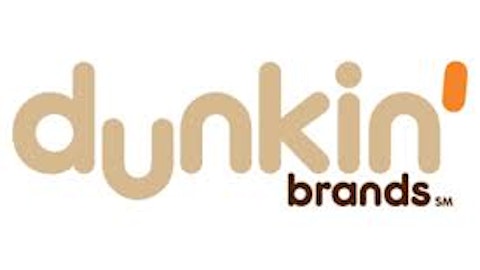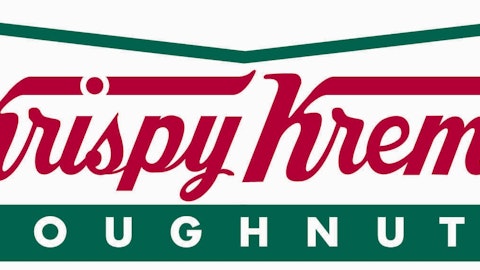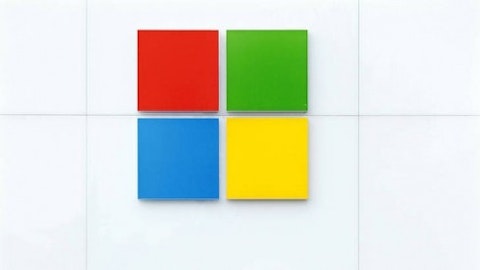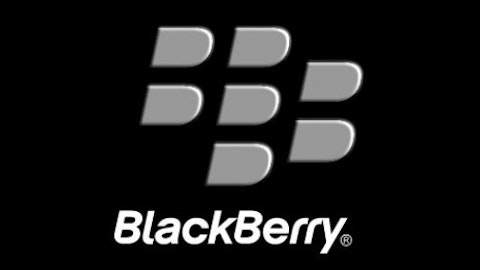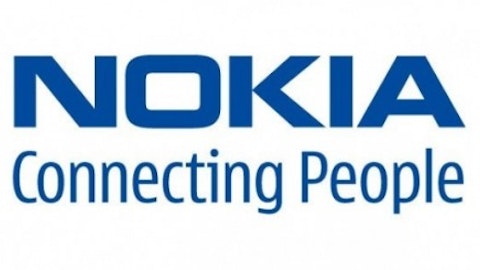According to new research, mobile payments are increasing all over the globe, and are expected to reach at least $235 billion in value this year. That’s quite a difference from the $163 billion transacted in 2012, and you would be forgiven for thinking that much of this expansion must be because of companies like Google Inc (NASDAQ:GOOG) , through its Google Wallet offering, or through communication giants such as Verizon Communications Inc. (NYSE:VZ) and AT&T Inc. (NYSE:T) and their joint payment venture Isis.
Money transfers and coffee top the list
Surprisingly, money transfers dominate worldwide mobile payments, which put banks and other financial entities that offer banking apps in the lead. For mobile purchases in North America, the crown goes to Starbucks Corporation (NASDAQ:SBUX) , whose payment app was responsible for the bulk of the $500 million in mobile payments transacted in that part of the globe last year.
Consumers have consistently shunned services such as Google Inc (NASDAQ:GOOG) Wallet and Isis, which have yet to improve upon the good old fashioned credit card. Though near field communications — the technology upon which most mobile wallets are based — is now available in 13 countries, adoption has been painfully slow. Berg Insight expects that will change, however, as more NFC-enabled phones hit the market.
Why has Starbucks Corporation (NASDAQ:SBUX)’ payment app been so successful while the offerings of Google and the Isis gang flounder? The answer seems to be ease of use — the same reason, assumedly, that consumers still prefer plastic. As one analyst notes, the app is simplicity itself: Consumers can use any smartphone at Starbucks Corporation (NASDAQ:SBUX) to make a purchase, and the app can be reloaded, much like a debit card.
The future of mobile payments might look like a banking app
According to Gartner Research, money transfers will account for over 70% of global transactions this year, with purchases making up only about 21%. Additionally, bill payment via mobile is expected to increase 44% in 2013, making up approximately 5% of transaction value by 2017.
It seems likely, therefore, that the company that finally succeeds at capturing the fancy of the paying public with its own version of the mobile wallet might use banking apps as a launching pad. Consumer Reports opines that FIS, a company that provides banking apps, has just the ticket with its mobile wallet, which also makes use of cell phone-friendly QR codes to complete payment transactions.
An analyst at Berg Insight says that, in order for mobile wallet providers to be successful, they will be obliged to offer a full menu of products and services to make them attractive to consumers. In my opinion, he’s got it backwards. The Gartner study results indicate that less is more, and convenience and familiarity will win out — it’s just a matter of time as to which company gets there first.
The article What Do Banks and Starbucks Have in Common? originally appeared on Fool.com.
Fool contributor Amanda Alix has no position in any stocks mentioned. The Motley Fool recommends Google Inc (NASDAQ:GOOG) and Starbucks Corporation (NASDAQ:SBUX). The Motley Fool owns shares of Google and Starbucks.
Copyright © 1995 – 2013 The Motley Fool, LLC. All rights reserved. The Motley Fool has a disclosure policy.
